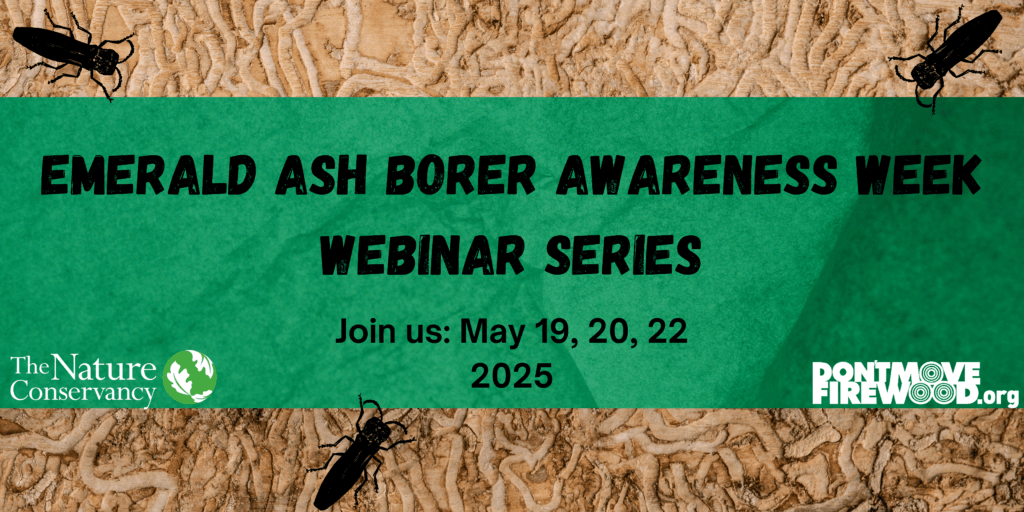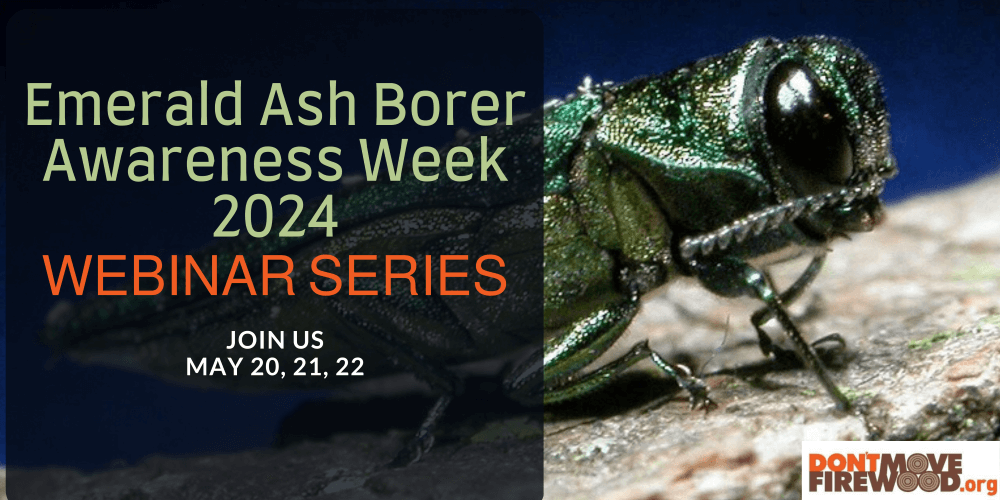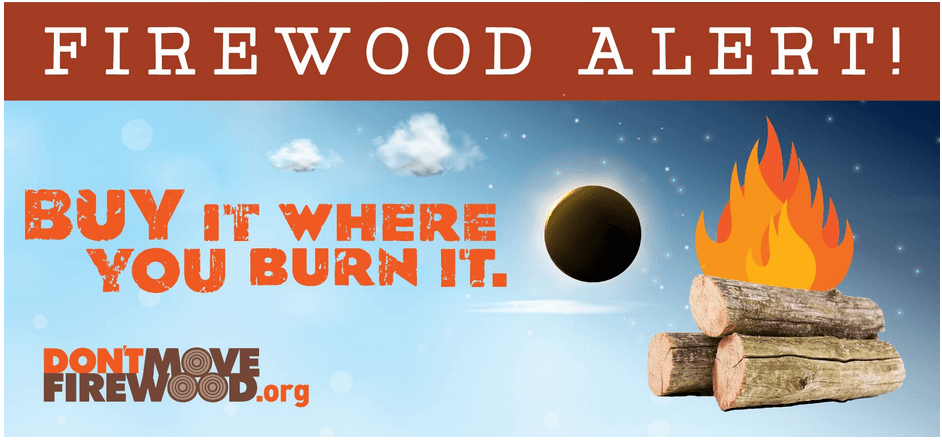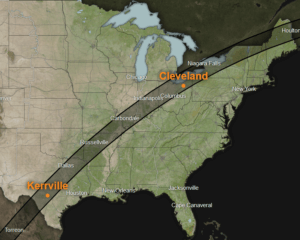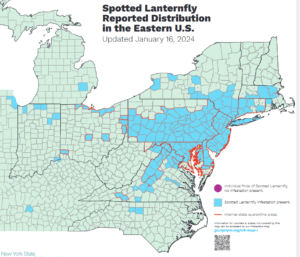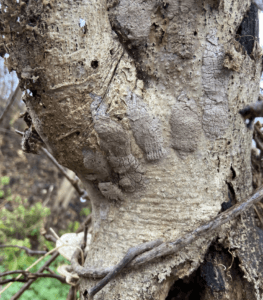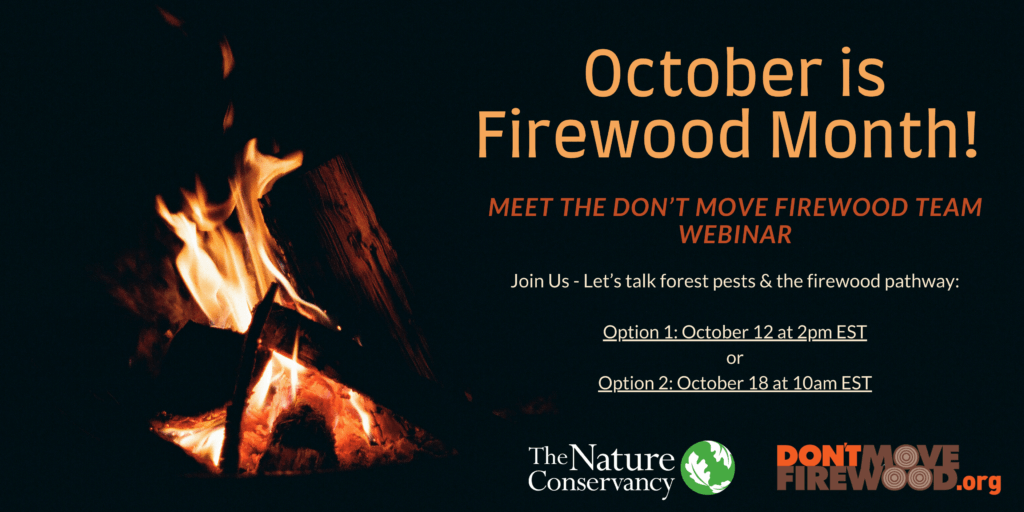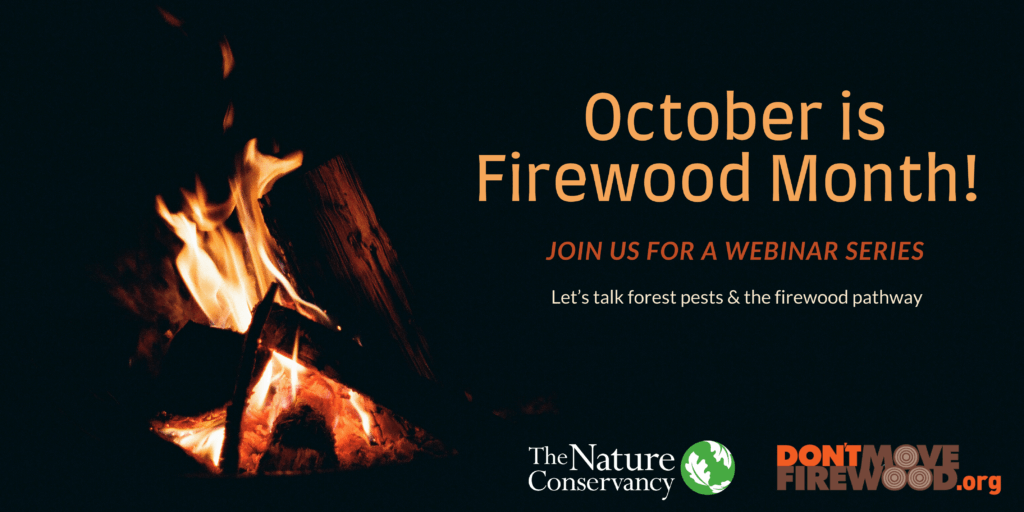
Tell your colleagues, tell your friends – let’s talk firewood!
Thursday, October 16th, 2025 at 2pm EST
Beyond Wooden Thinking: Getting to the Heartwood of the Matter
Recreational firewood movement is a major pathway for the spread of invasive forest pests. Both human behavior and firewood characteristics can influence pest transport. Dr. Riggins discusses the new study titled “Burning questions: how human behaviors and firewood characteristics influence the transport of wood-boring insects” whereby campers were surveyed at MS state parks and firewood was collected for inspection.
Presentation by: John Riggins, Associate Professor and Extension Specialist in Forest Health at Oregon State University
>>Access Recording Here
>>View Presentation Here
Tuesday, October 28th, 2025 at 4pm EST
Wildfire Fuel: How Destructive Forest Pests Travel in Firewood
This presentation will explore the significant threat that invasive forest pests, specifically the Goldspotted Oak Borer (Agrilus auroguttatus or GSOB), pose to forest health in Southern California. We will discuss the devastating impact of GSOB on native oak populations, how its infestation increases wildfire risk, and how the pest’s spread is accelerated by the unregulated movement of firewood. Drawing from the work of the La Jolla Band of Luiseño Indians, this talk will cover current management strategies by addressing the need for heat treatment standards, industry collaboration, and effective regulations. Ultimately, it will emphasize the crucial role the public plays in protecting our shared natural and cultural resources.
Presentation by: Joelene Tamm, Natural Resources Director for the LA Jolla Band of Luiseño Indians.
>>Access Recording Here
>>View Presentation Here
Wednesday, October 29th, 2025 at 1pm EST
Updates on Emerald Ash Borer in the Pacific Northwest
Hear from invasive species experts and managers out of both Oregon and Washington as they discuss the most recent findings and management efforts regarding the notorious firewood hitchhiker, emerald ash borer, in the Pacific Northwest.
Presentation by: Wyatt Williams with the Oregon Department of Forestry as well as Maria Marlin with the Washington Invasive Species Council.
>> Access Recording Here
>> View OR Presentation Here
>> View WA Presentation Here
>> View Q&A Chat Here
If you’re an outreach professional or just looking for other ways to help spread the word on the firewood pathway during this popular camping month, please check out our 2025 Firewood-Month-Action-Kit!




